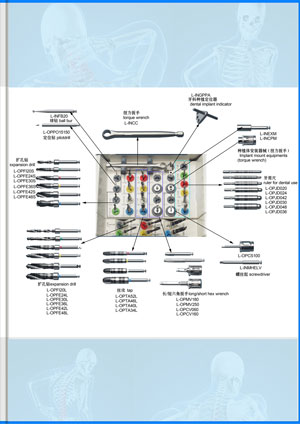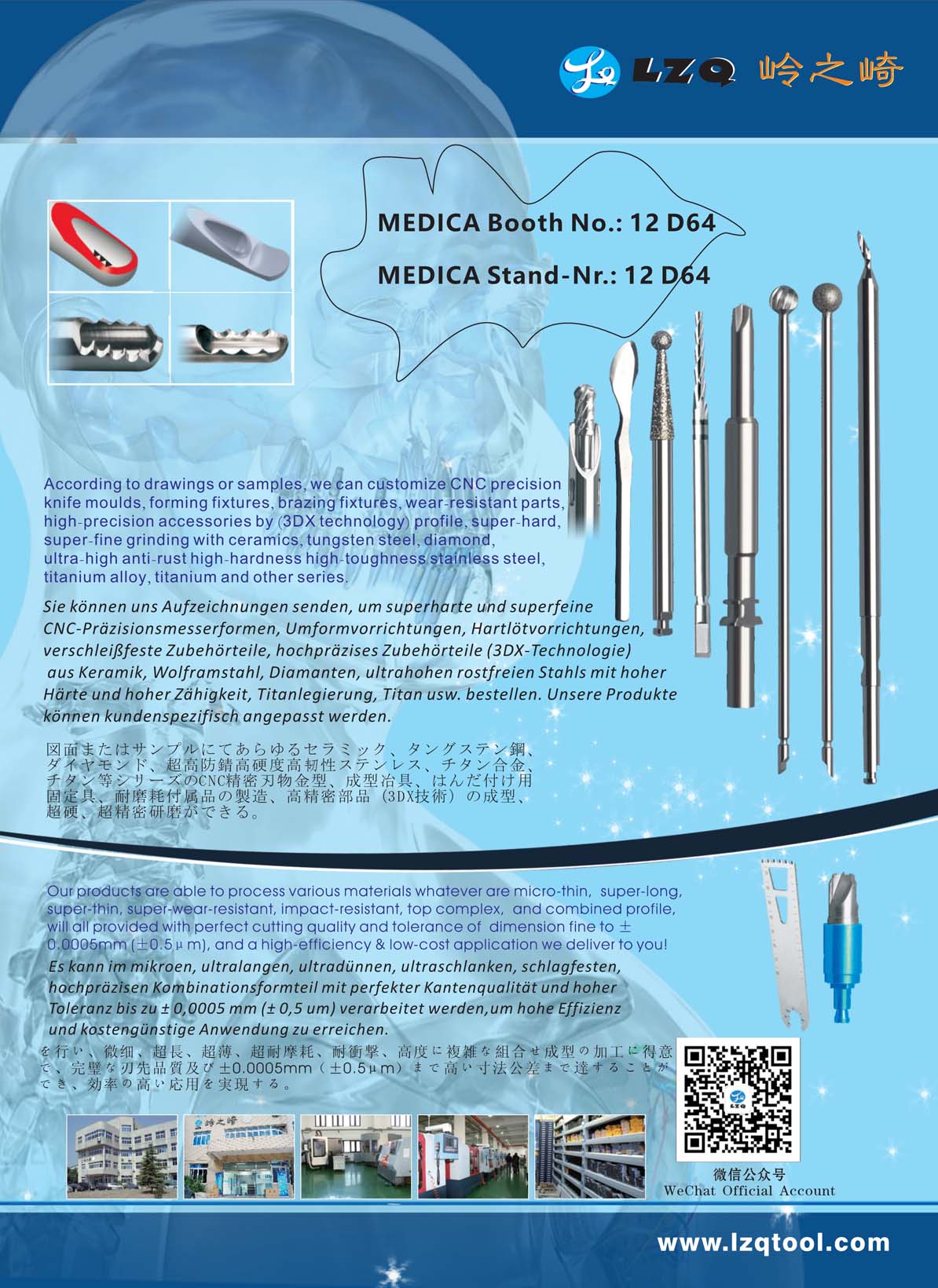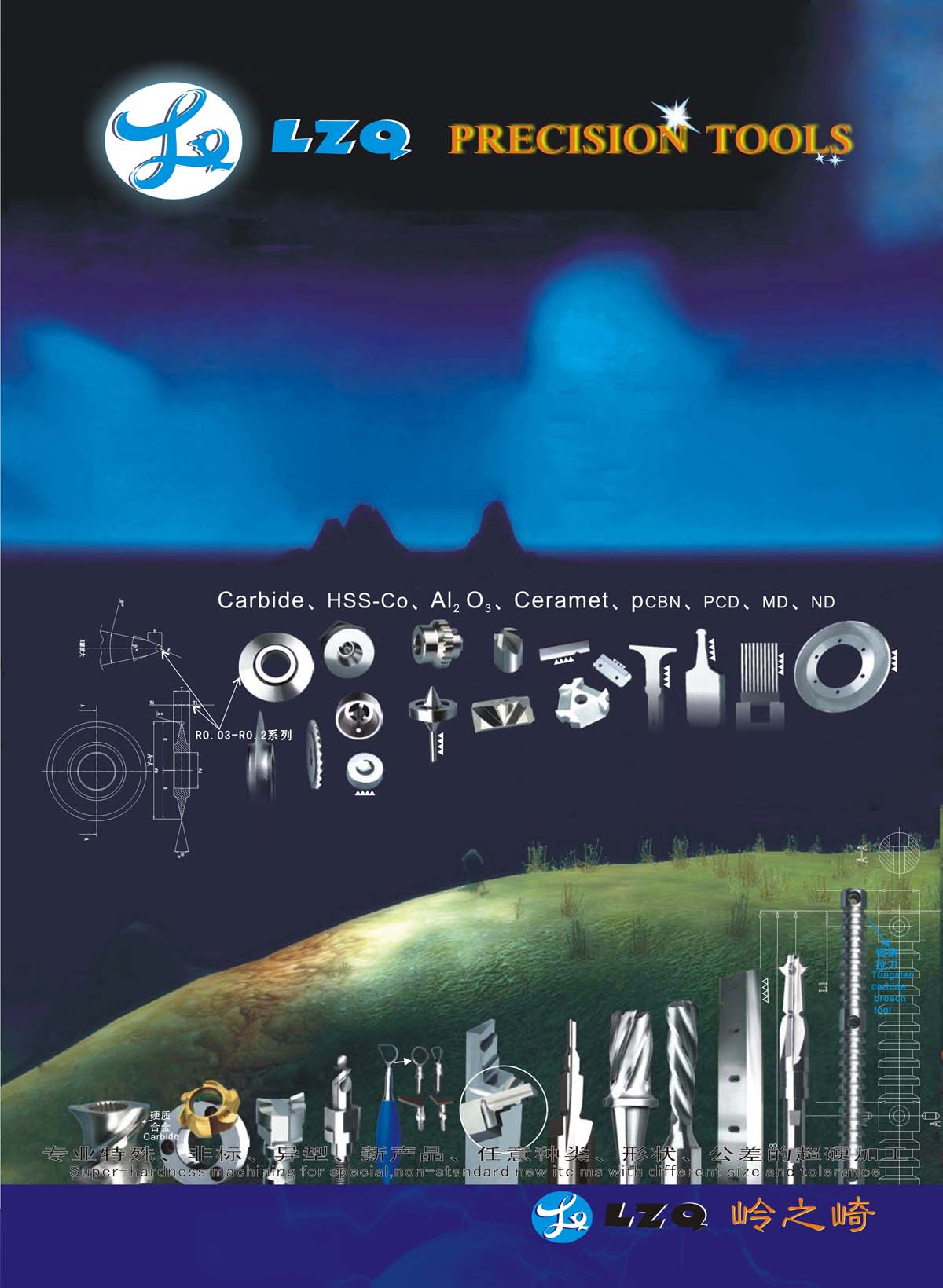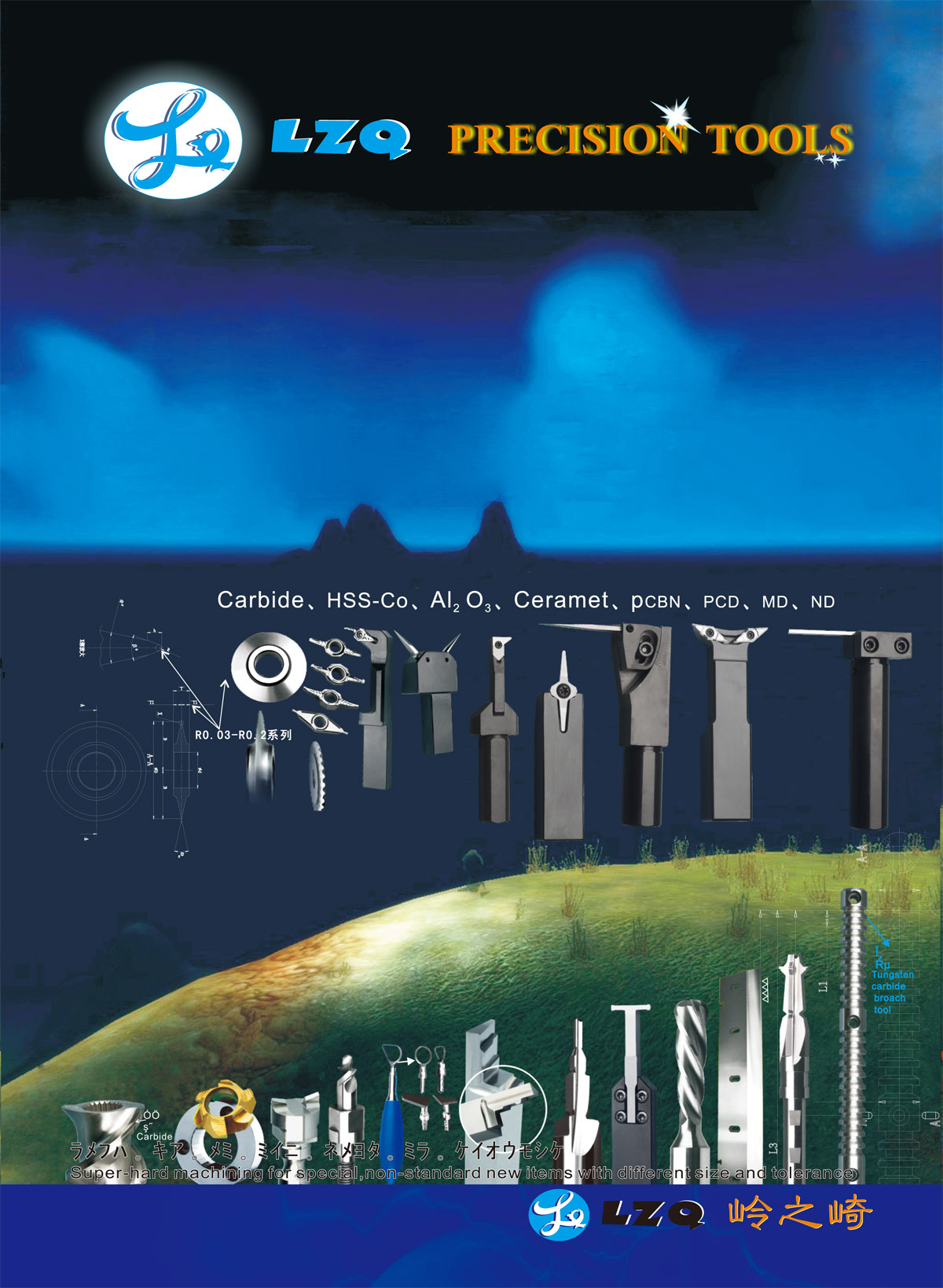Description
Super-hard processing of professional, special, non-standard, special shaped and new products with any kind, any shape and tolerance. If you have any similar inquiry, please fax us your address or call us to get samples in the photos and related catalogue for your reference (only a small amount is allowed).
We keep around RMB 20~30 Million turnover stock articles such as raw material, semi-products, finished products in an ordinary year, we are capable to produce according to drawing or sample provided by the customer, so as to present you a favourable cost-performance ratio…Welcome to visit our factory.
Product Details
A turret mill has a stationary spindle and the desk is moved each perpendicular and parallel to the spindle axis to accomplish cutting. The most frequent instance of this kind is the Bridgeport, described below. Turret mills regularly have a quill which lets in the milling cutter to be raised and decreased in a manner comparable to a drill press. This kind of desktop gives two methods of reducing in the vertical (Z) direction: by raising or lowering the quill, and by way of transferring the knee.
In the bed mill, however, the table strikes only perpendicular to the spindle's axis, whilst the spindle itself moves parallel to its very own axis. Turret mills are normally viewed by some to be greater versatile of the two designs. However, turret mills are solely sensible as long as the machine remains extraordinarily small. As computer dimension increases, shifting the knee up and down requires full-size effort and it additionally will become tough to reach the quill feed cope with (if equipped). Therefore, larger milling machines are usually of the mattress type.
Comparative merits
The preference between vertical and horizontal spindle orientation in milling machine graph normally hinges on the structure and measurement of a workpiece and the number of sides of the workpiece that require machining. Work in which the spindle's axial motion is regular to one plane, with an end mill as the cutter, lends itself to a vertical mill, where the operator can stand earlier than the computing device and have effortless get admission to the reducing action by means of looking down upon it. Thus vertical mills are most appreciated for die sinking work (machining a mould into a block of metal). Heavier and longer workpieces lend themselves to placement on the table of a horizontal mill.

 +86-021-50327060
+86-021-50327060
 zq@lzqtech.com
zq@lzqtech.com
 Medical Instrument
We can achieve perfect edge quality and dimensional tolerance up to±0.0005mm (±0.5μm) in the process of micro, ultra-long, ultra-thin, super-abrasive, impact-resistant, high-precision and combined ... VIEW MORE
Medical Instrument
We can achieve perfect edge quality and dimensional tolerance up to±0.0005mm (±0.5μm) in the process of micro, ultra-long, ultra-thin, super-abrasive, impact-resistant, high-precision and combined ... VIEW MORE Implant
Corresponding and matching drills and tools of different types, forms, shapes, structures can be high precisely ground to mold according to different brands and different types of implants forms, shap... VIEW MORE
Implant
Corresponding and matching drills and tools of different types, forms, shapes, structures can be high precisely ground to mold according to different brands and different types of implants forms, shap... VIEW MORE Cutting Tools
Super-hardness machining for special, non-standard new ite ms with different size and tolerance. VIEW MORE
Cutting Tools
Super-hardness machining for special, non-standard new ite ms with different size and tolerance. VIEW MORE Accessory Parts
we can customize for you according to your samples or drawings for any manufacturing of ceramic,carbide,stainless high-speed steel, stainless steel, titanium alloy, titanium diamond, etc series, hig... VIEW MORE
Accessory Parts
we can customize for you according to your samples or drawings for any manufacturing of ceramic,carbide,stainless high-speed steel, stainless steel, titanium alloy, titanium diamond, etc series, hig... VIEW MORE






























































































































 +86-021-50327060
+86-021-50327060 
 NO.1269 Plant, Jinhu Road, Jinqiao Export Processing Zone, Pudong New District, Shanghai, China.
NO.1269 Plant, Jinhu Road, Jinqiao Export Processing Zone, Pudong New District, Shanghai, China. 
